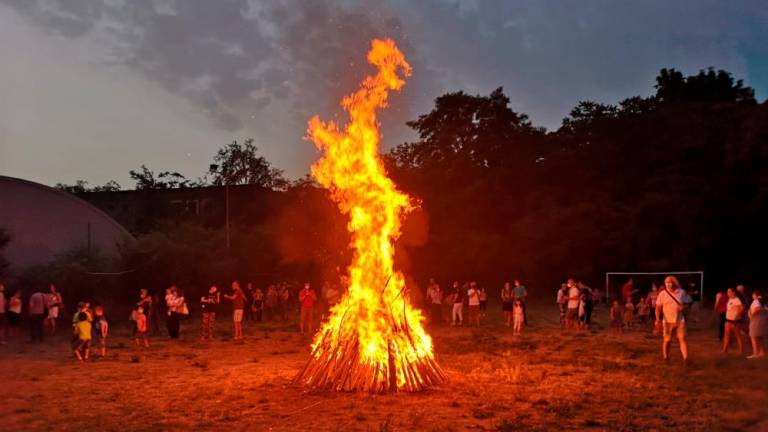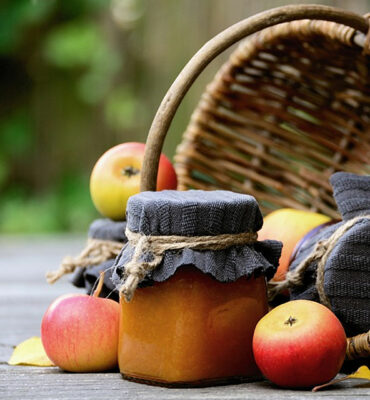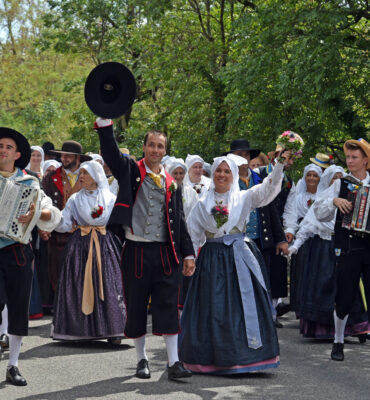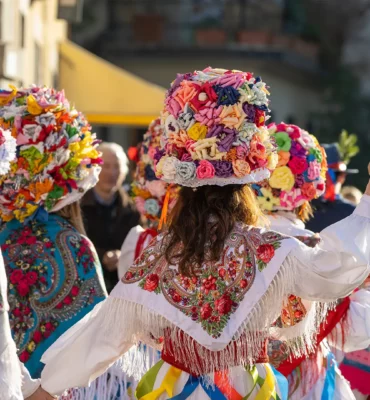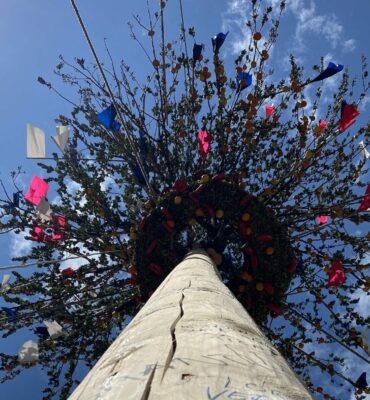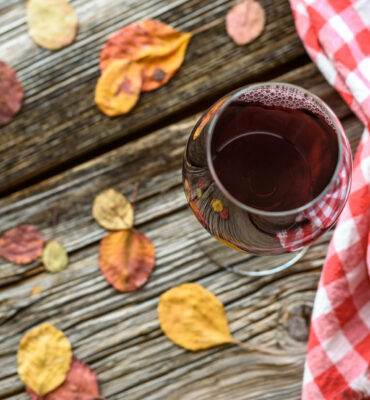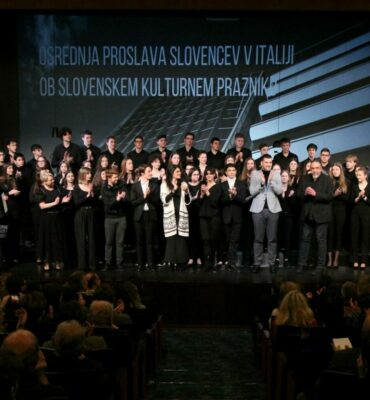In many villages where Slovenes live in Italy, traditional bonfires are lit on St John’s Night to celebrate the longest day and shortest night of the year. This custom, dating back to when people believed in nature’s forces and mysterious beings, remains deeply felt today. A few days before St John’s Night, girls and women weave wildflower garlands to hang on their doors or windows, protecting homes from evil spirits. Villagers prepare a pile of scrap wood and, at sunset, light the bonfire that reaches toward the sky. In the past, young men and women competed to jump over the fire, while today people prefer to gather with music in a festive atmosphere.
From the Resia Valley’s famous kris in Gniva/Njiva to the kries dotting the Benecia region – at Costne/Hostne, Tribil Superiore/Gornji Tarbij, Masseris/Mašere, Mount Matajur and Tercimonte/Tarčmun – each community maintains its own fire tradition. The practice extends through the Gorizia region at Sant’Andrea/Štandrež, Rupa and Doberdò del Lago/Doberdob, and across the Trieste area in villages like Santa Croce/Križ, San Pelagio/Šempolaj, and beyond. It’s almost impossible to predict where a bonfire will be lit, as many communities now make this decision year by year.
